Ladies Smock / Spring / Summer / Autumn / Winter / Edible
Ladies Smock is a native, perennial member of the Brassica family, with a delicious mustardy taste. Very easy to identify.
Common Names
Ladies Smock, Lady’s smock, Cuckoo flower, Mayflower or Milkmaids.
Botanical Name
Cardamine pratensis
Scientific Classification
Kingdom – Plantae
Order – Brassicales
Family – Brassicaceae
Foraging Video for Lady’s Smock
Physical Characteristics for Lady’s Smock
Leaves
The plant grows as a rosette. The leaves are compound, pinnate and around 5-12 cm long, made up of 6-15 leaflets.
Flowers
The flowers appear on a long, thin spike. They are pinkish to white and arranged in the typical cruciform pattern like other Brassicas.
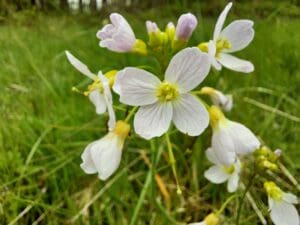
Seeds
The seeds appear after the flowers drop and are long and thin.
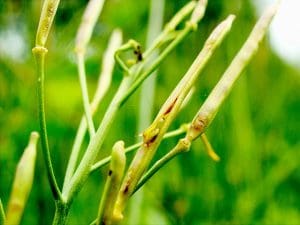
Habitat
They seem to prefer damp ground, and can be found among long grass in ditches, river banks, hedgerows and parks.
Known Hazards
None known.
Could be Confused with
It could be confused with other Cardamines but they are all edible.
Very young specimens could potentially be confused with Hairy Bitter Cress.
Edible Uses
All of the aerial parts are edible and can be used raw as a substitute for rocket or cooked like spinach.
Notes on Herbal Uses
Traditionally a tea made from the leaves was used as a springtime tonic or for menstrual issues, for example, to treat a heavy period.
Extra notes from the Foragers
The common name Cuckoo Flower refers to the time of year the plant flowers in early spring the same time that cuckoos appear.



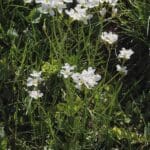
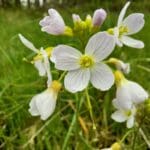
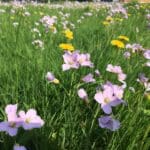
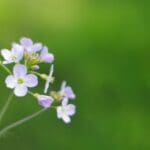
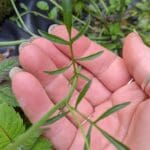
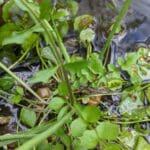
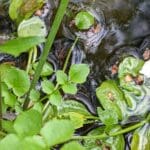



Leave a Reply
You must be logged in to post a comment.